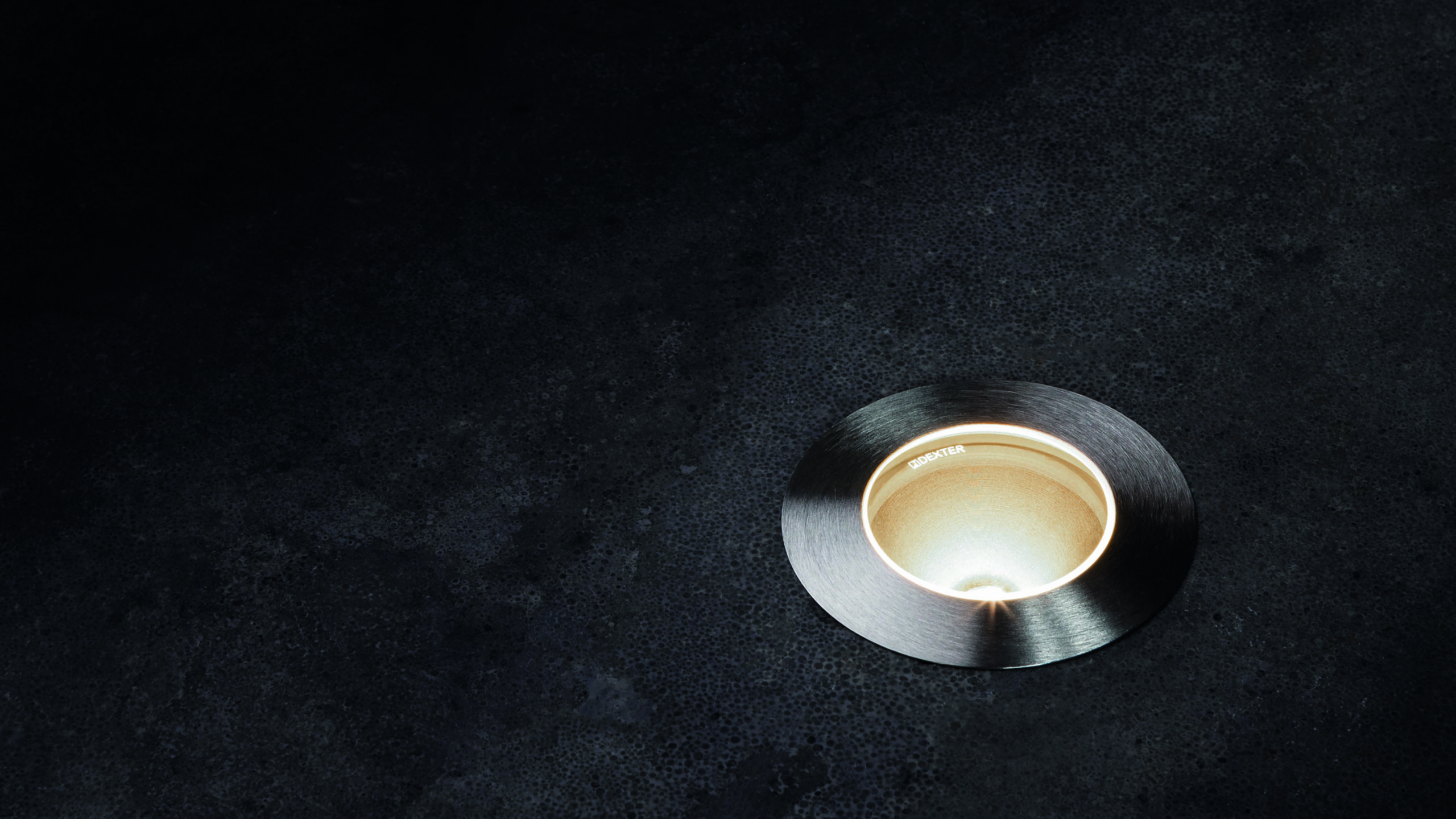
using in-ground Spotlights
In-ground spotlights are a landscape designers favourite tool when it comes to lighting. Using these fixtures a minimum space is used with a maximal dramatic lighting effect. Let’s look at some common features and pitfalls when using these lights.
Choosing Power and Beam Angle
When you’re in the process of selecting inground spotlights, it’s essential to consider the width and height of the object you want to illuminate. Our product range offers various options suitable for both wide and narrow targets, as well as tall or low trees and bushes.
Selene wide
Selene wide provides a soft, wide beam that’s perfect for illuminating expansive trees, while Selene narrow offers a smaller beam angle that reaches higher. It’s important to note that a wider beam angle can also lead to increased unwanted glare over a broader area.
For areas at the far end of the garden, opt for the more powerful Selene spots, while the smaller and more subtle Eos lights are ideal for terraces and pathways.
Eos spot
Wall Washing
If you plan to use these spotlights for wall washing, consider our asymmetric options available in both Selene and Eos series. These selections will help reduce unwanted glare, allowing you to approach your spotlight more closely.
SELENE ASYMETRIC
Making Every Beam Count: Responsible Use of Groundspot Lighting
When using any lighting fixture, the intention is to illuminate something. However, many ground spotlights are installed in areas where there is nothing above, resulting in light beams directed into the sky. This practice should be avoided as it contributes to air pollution and consumes unnecessary electricity. The only justifiable scenario for such lighting is when the light itself serves as a marker. In such cases, opt for low-power spotlights with frosted glass to minimize light pollution and reduce glare, like our Eos frosted.
EOS FROSTED
